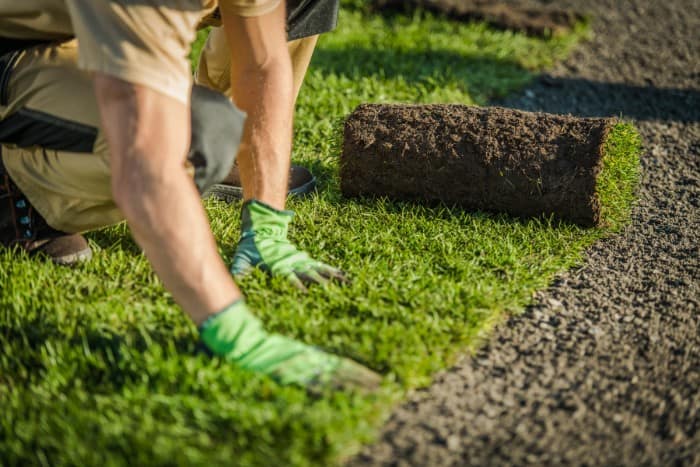Do you love your pets but worry about the toll they take on your lawn? Pets can bring joy to our lives, but may also bring challenges to maintaining...


Do you love your pets but worry about the toll they take on your lawn? Pets can bring joy to our lives, but may also bring challenges to maintaining...

Are you overwhelmed by the numerous lawn care options in Livingston, TX, and unsure how to select the best one for your needs? Choosing the right...

Are you tired of battling stubborn weeds that detract from the beauty of your lawn? Effective weed control is crucial for cultivating a lush,...

Maintaining a healthy, attractive lawn in Livingston, TX, is about more than just regular watering and occasional mowing. It requires a...

Maintaining a lush, vibrant lawn throughout the year requires more than just occasional watering and mowing; it demands a strategic approach to...

At Broken Arrow Pest Control, we understand that maintaining a lush, vibrant lawn throughout the year requires more than just occasional watering...

A lush, vibrant lawn not only enhances your home’s curb appeal but also provides a space for relaxation and recreation. However, maintaining such a...

A lush, vibrant lawn is a pleasing aesthetic feature for any home and a vital part of your property’s ecosystem. Achieving and maintaining such a...
Turf type Recommended mowing height (in.) 1 Bermudagrass (common or hybrid) 0.75–2” Bahiagrass 2–4", Centipedegrass 1–1.5” St. Augustinegrass 2.5-4” and Zoysiagrass 0.75–2 3”.